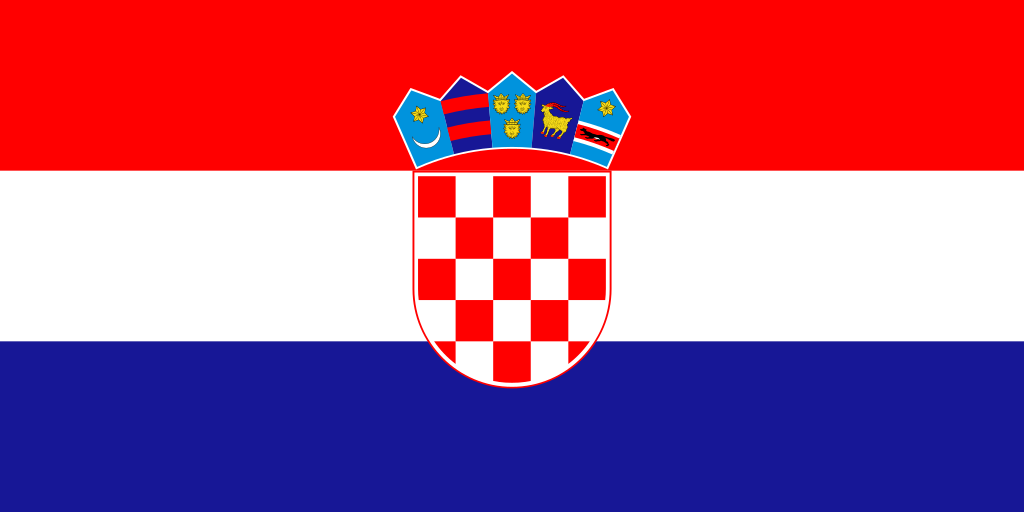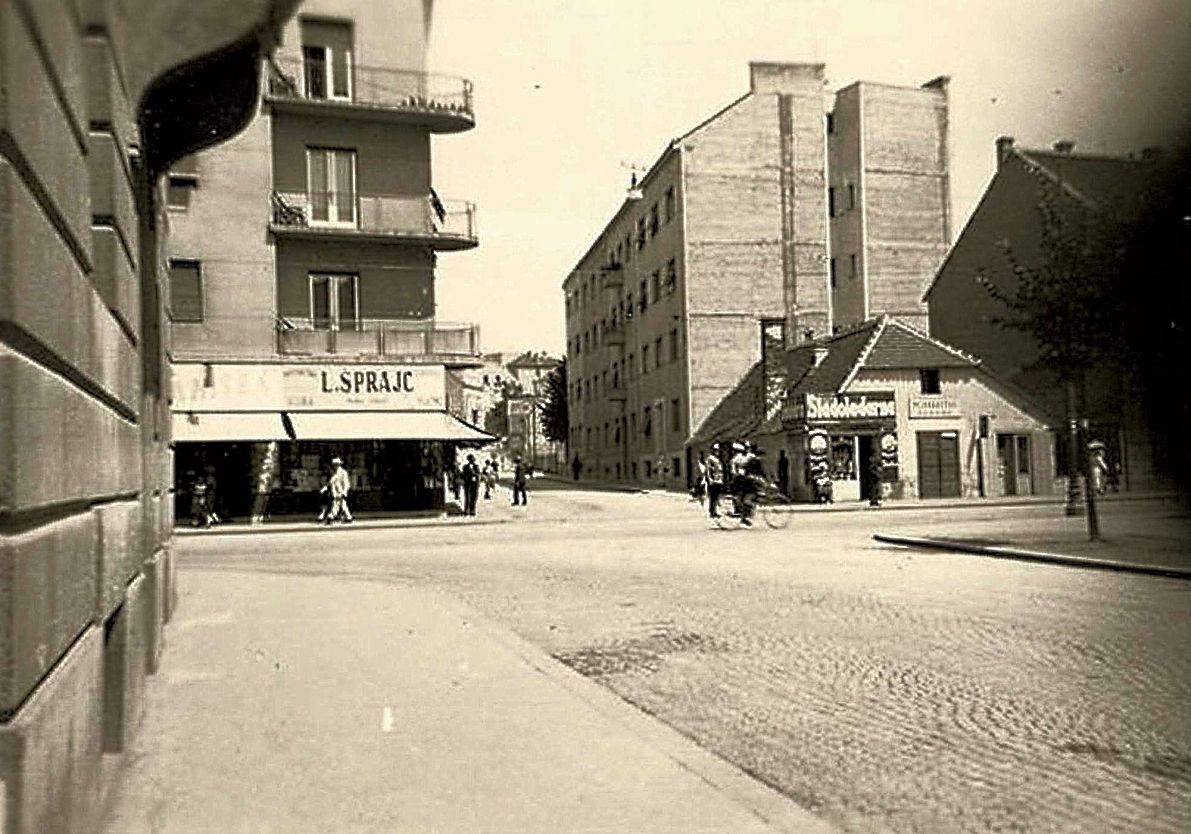
As long as there is a heart, there will be Croatia
History

In 1914 the First World War began. Even before it ended in November 1918 the Austro-Hungarian Empire was breaking up. Croatia declared its independence in October 1918. Nevertheless, on 1 December 1918, the Croats agreed to join with Slovenes and Serbs to form a new state called the kingdom of Serbs, Croats, and Slovenes. The Croats soon became disenchanted as they wanted the new state to be federal whereas it became a unitary state. Demands for autonomy were
led by Stjepan Radic, who was shot in 1928.
In 1929 King
Alexander suspended
parliament and introduced a royal dictatorship. The
state was renamed Yugoslavia. In the 1930s there were
2 extremist parties in Croatia. The Communists and the
Fascist Ustase, which was founded by Ante Pavelic in
1929. In 1939 the Yugoslav government gave in to
demands for Croatian autonomy and created an
autonomous region called the Banovina.
The same year the Second
World War began. At first, Yugoslavia was neutral but
in March 1941 a coup was held by pro-British officers.
As a result, the Germans attacked Yugoslavia on 6
April 1941, and they quickly conquered the country.
The Germans set up a puppet state in Croatia with the
fascist Ustase in charge. However, Croatia was
liberated by partisans in 1945, and afterward, a
Communist regime was imposed.
However, during the 1960s nationalism re-emerged in Croatia. Some people demanded more autonomy but in 1971 Tito, the Communist leader put a lid on all demands for reform. However, Tito died in 1980.
Communism collapsed in most of Eastern Europe in 1989. The same year non-Communist organizations were formed in
Croatia. In May 1990
elections were held. The Croatians sought to leave
Yugoslavia but there was a substantial minority of Serbs living in Croatia. In
May 1991 the Croatians voted for independence.
However, on the pretext of protecting Serbs living
within Croatian borders, the Yugoslav army invaded,
and a long war began.
Meanwhile, the EU nations
recognized Croatian independence on 15 January 1992.
The war ended in 1995 with the Erdut Agreement.
Eastern Slavonia was administered by the UN until 1998
when it was handed over to Croatia.

